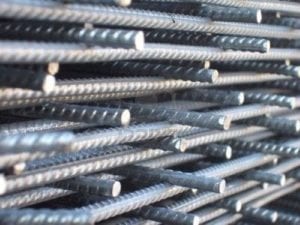Companies in the local steel industry are finding the market very challenging and according to industry sources, much of this can be attributed to the extreme volatility of the primary pricing.
According to Warne Rippon, Executive Director of Steel major Allied Steelrode current price fluctuations results in a knock-on effect which is very hard to contend with. “This level of volatility poses an enormous and very urgent challenge to the entire sector,” Rippon notes.
“What the market desperately needs at this point is a more stable and reality-based pricing system going forward,” he adds. “Quoting customers accurately – even three months ahead – is extremely difficult when you have this level of pricing volatility to contend with,” he continues.
The bottom line is that for players in the steel industry and their downstream customers the effect of price fluctuations is potentially severe.
“Unfortunately, if there is not some rationalisation of pricing levels, we – along with many other companies in the industry – will be forced to import more of our steel requirements,” says Rippon reluctantly.
No downstream price protection
“What tends to exacerbate the situation is that there is very little in the way of downstream price protection and volume metrics in the current steel pricing equation,” he adds, explaining that irrespective of the volumes of steel purchased – for example 25 or 800 coils at a time – the price remains the same – with no discounts or customer loyalty programme in place – so industry is effectively being de-incentivised.
Rippon also raises the point that many major decisions about the South African steel sector are made overseas: “These stakeholders are removed from the reality of doing business locally, and also do not have the interests of the local steel industry at heart.”
Rippon furthermore points out that pricing protection seems to only be between the primary producer and the government, and does not extend to protect or assist the downstream industry.
“Ultimately this pricing issue is not encouraging – nor indeed fostering – local steel sector growth. If the local industry ultimately flounders as a result of the pricing volatility and South African manufacturers cannot produce locally, then they cannot successfully export either – and the economy as a whole loses out,” he concludes.







